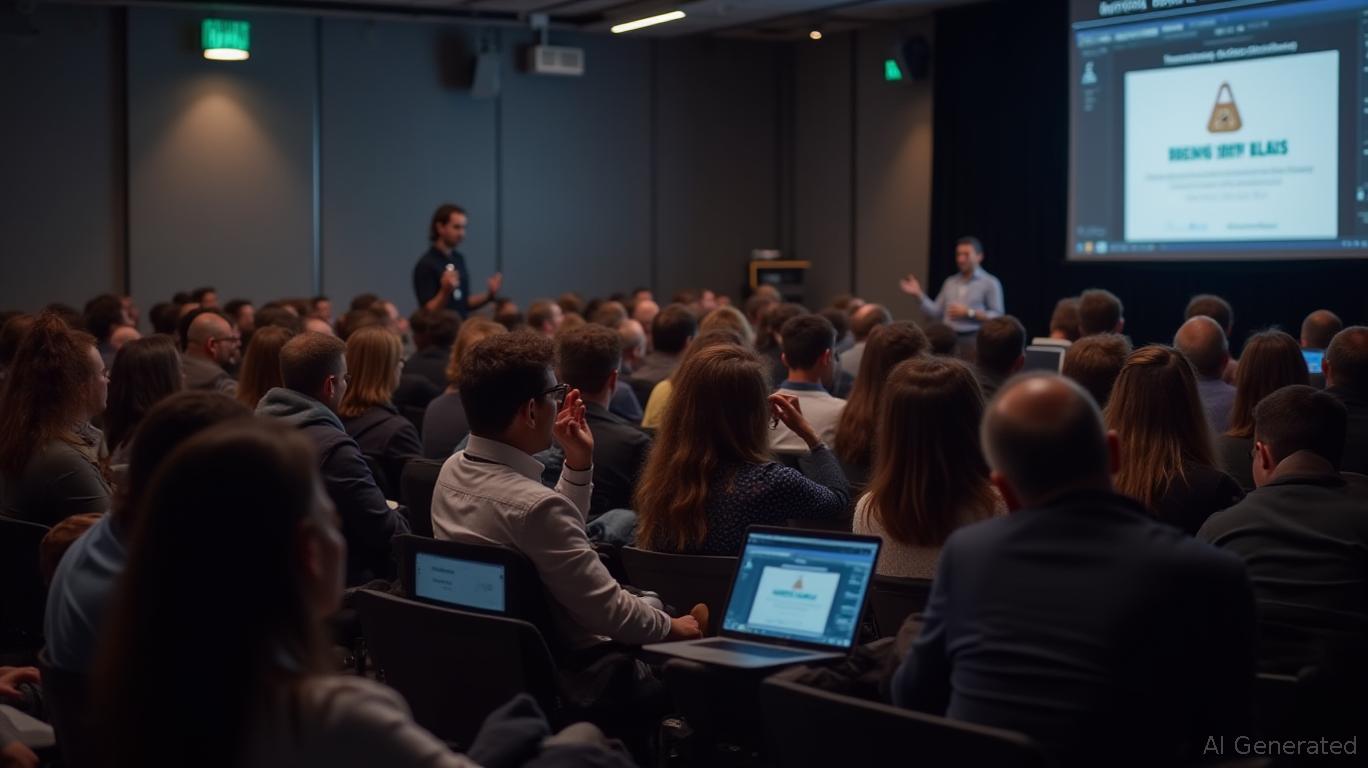AInvest Newsletter
Daily stocks & crypto headlines, free to your inbox
Day 2 of Permissionless IV featured a series of insightful panels that delved into various aspects of the cryptocurrency and blockchain ecosystem. One of the key discussions revolved around the potential for onchain IPOs, with Konstantin Richter, founder of BlockDaemon, highlighting the regulatory challenges and potential benefits. He noted that if the returns for investors were significantly better, the conversation around onchain IPOs would be more straightforward, provided the right legal structures were in place to avoid regulatory pitfalls.
Another notable discussion was led by Zak Folkman, co-founder of World Liberty Financial, who hinted at an upcoming announcement regarding the World Liberty Financial token. While he remained cryptic about the details, he assured that those interested in the token would be pleased with the developments in the coming weeks.
Brendan Eich, co-founder of Brave, shared his thoughts on the evolution of JavaScript, which he described as having grown beyond its initial creation and now thriving independently. This reflection underscored the maturity and widespread adoption of the programming language in the tech industry.
The integration of decentralized finance (DeFi) with centralized finance (CeFi) was another hot topic. Kain Warwick, during the DeFi Renaissance panel, emphasized the lower barriers to entry in DeFi compared to traditional fintech, where regulatory hurdles and legacy systems often impede innovation. He argued that a hybrid CeFi-DeFi system could still be beneficial, even if it doesn't fully replace traditional finance.
Henri Stern, co-founder of Privy, identified onramping and the transition from fiat to crypto as the primary obstacles to widespread adoption. This highlights the need for more user-friendly and accessible onboarding processes to attract new users to the crypto space.
Dan Robinson of Paradigm discussed the critical scaling decisions
needs to make in the coming year. He advocated for increasing the gas limits on Layer 1 (L1) to enhance the network's capacity and efficiency. However, he expressed skepticism about significant progress on latency reduction in the near future.Max Resnick of Anza provided insights into the rationale behind building on existing blockchains like
. He argued that staying on established platforms ensures access to a larger user base, which is crucial for the success of new applications. Jon Charbonneau from DBA Fund shared a similar perspective, suggesting that rollups like Base might reconsider their fee structures due to the lack of sufficient value returned from their relationships with Ethereum.Uma Roy from Succinct discussed the innovative use of AI in zero-knowledge (ZK) proofs, highlighting an example where a Hyperliquid whale with no formal programming background successfully created an SP1 application. This demonstration showcased the potential of AI in making blockchain technology more accessible and user-friendly.
Overall, Day 2 of Permissionless IV provided a comprehensive overview of the current state and future directions of the blockchain and cryptocurrency industry, with a focus on regulatory challenges, technological advancements, and user adoption. The event underscored the dynamic nature of the ecosystem and the ongoing efforts to overcome its inherent obstacles.

Daily stocks & crypto headlines, free to your inbox
Comments
No comments yet